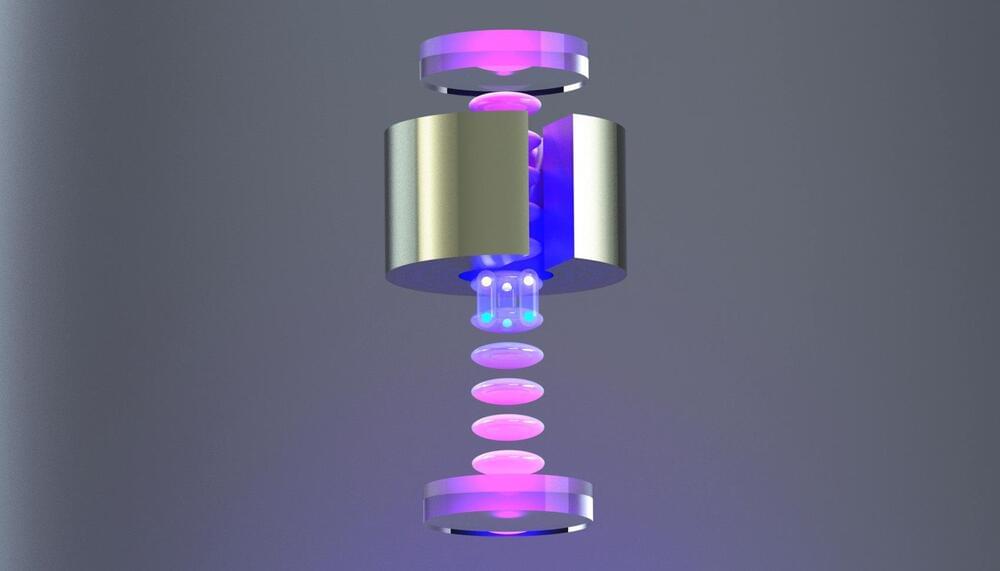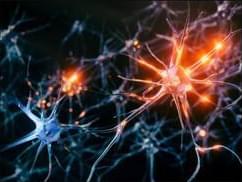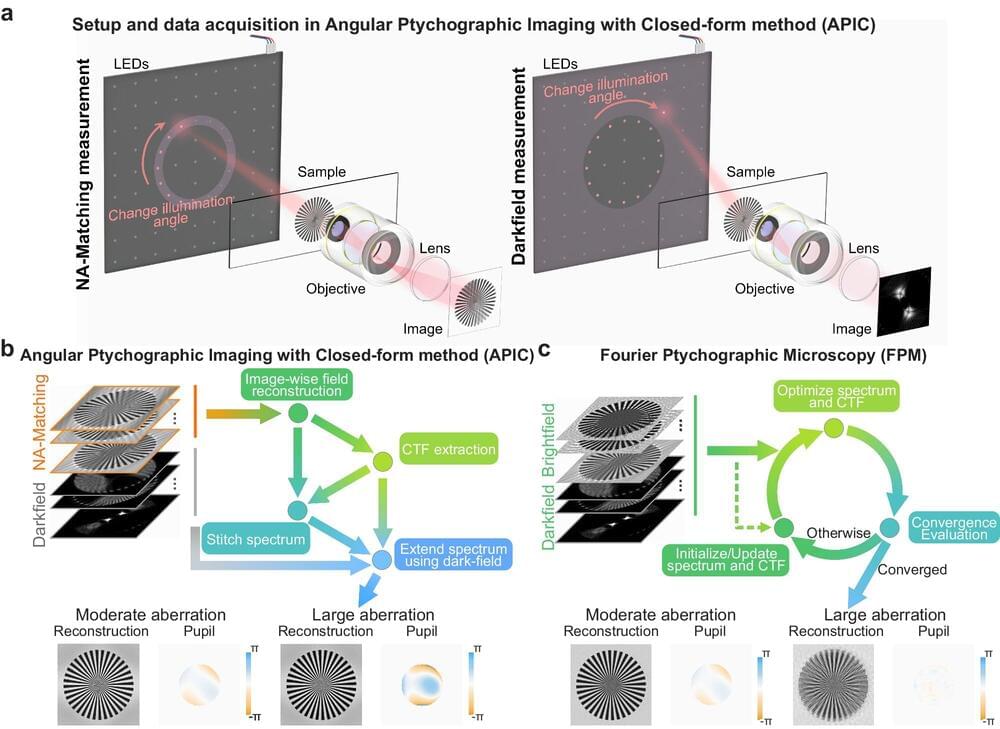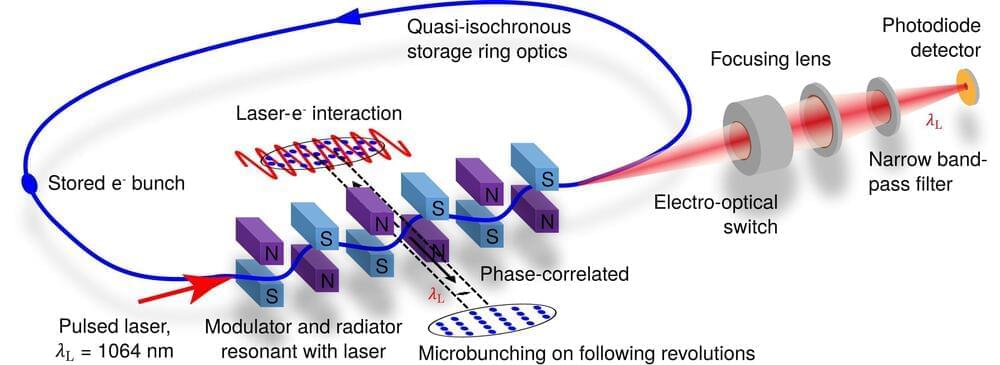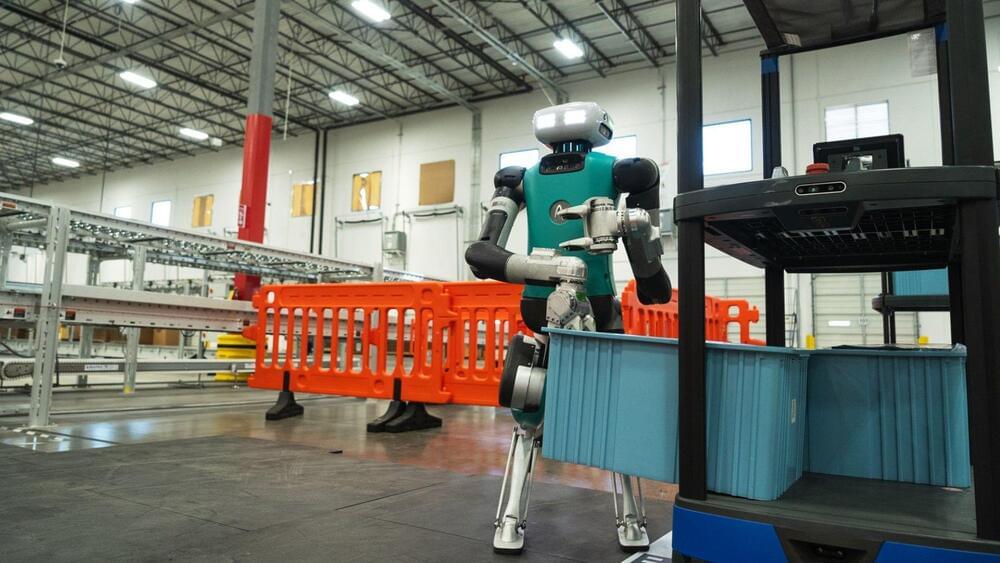Jun 29, 2024
Beyond Gravity: UC Berkeley’s Quantum Leap in Dark Energy Research
Posted by Dan Breeden in categories: cosmology, particle physics, quantum physics
Nice!
Researchers at UC Berkeley have enhanced the precision of gravity experiments using an atom interferometer combined with an optical lattice, significantly extending the time atoms can be held in free fall. Despite not yet finding deviations from Newton’s gravity, these advancements could potentially reveal new quantum aspects of gravity and test theories about exotic particles like chameleons or symmetrons.
Twenty-six years ago physicists discovered dark energy — a mysterious force pushing the universe apart at an ever-increasing rate. Ever since, scientists have been searching for a new and exotic particle causing the expansion.
Continue reading “Beyond Gravity: UC Berkeley’s Quantum Leap in Dark Energy Research” »
